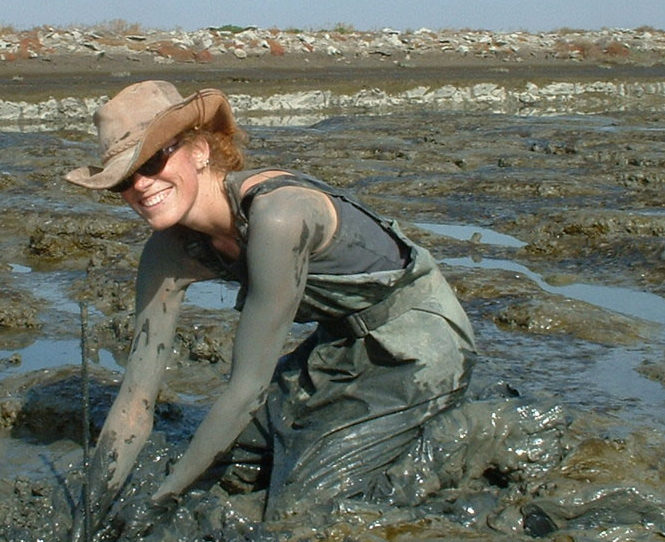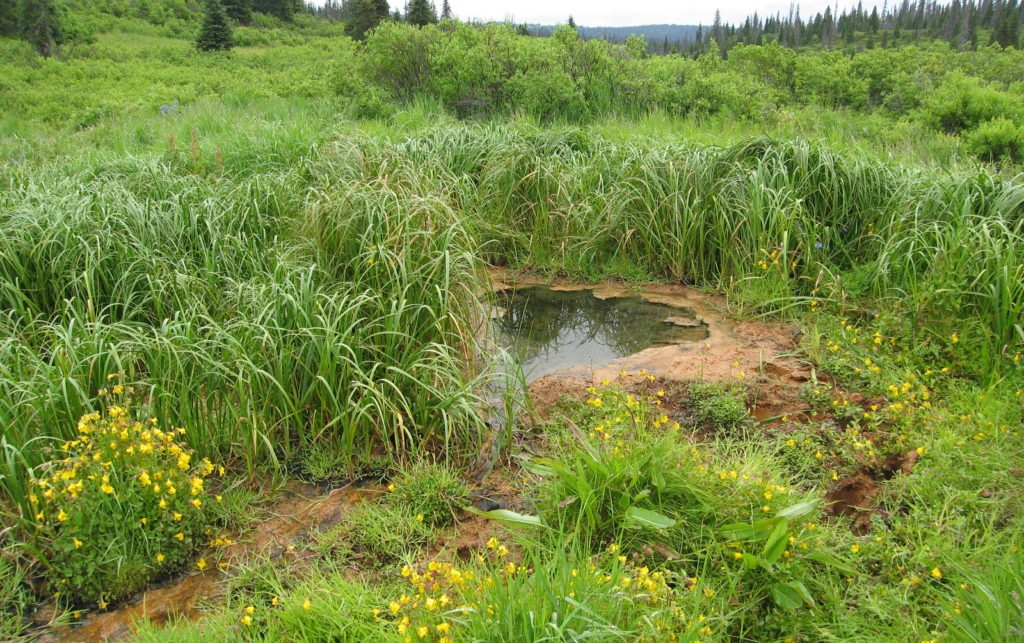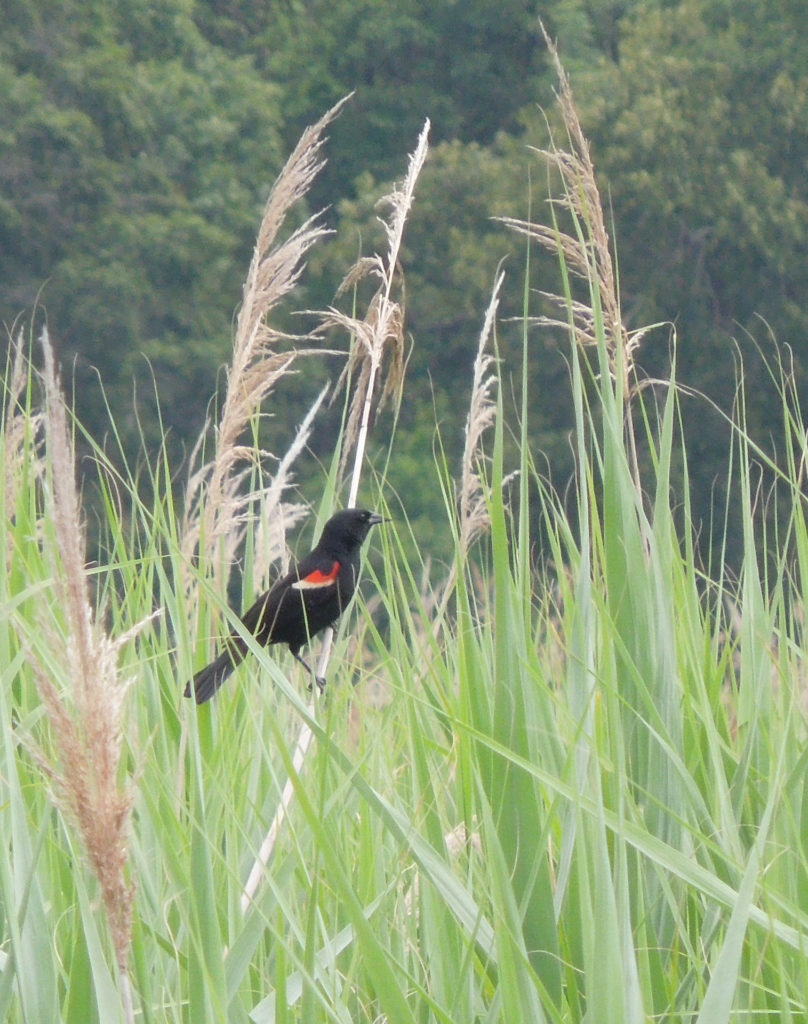by Kristen Minogue

SERC scientist Lisa Schile in a marsh in San Francisco. (Courtesy of Lisa Schile.)
February 2 is most widely known as Groundhog Day, the day people all over the U.S. look to a rodent in Pennsylvania to predict the future. But it also marks a less famous holiday: World Wetlands Day, celebrated around the world since 1997, to mark the first international agreement to protect wetlands on Feb. 2, 1971. Curious why anyone would make a holiday for wetlands? Here are a few reasons to celebrate the unsung guardians along our shores.

A wetland by the Kenai River in Alaska (Dennis Whigham)
- They protect our homes from storms and floods. Standing between us and the elements, wetlands soak up destructive energy from waves and storm surges. In an extreme example, it’s estimated during Hurricane Sandy wetlands along the East Coast prevented $625 million in property damage.
- They help keep pollution out of Chesapeake Bay and other waterways. Wetlands are sometimes called the “kidneys” of the Bay, because they’re able to filter out pollution from fertilizers, sewage, pesticides and harmful toxins before it streams into the water.
- They’re good for our drinking water. Most of the water we drink comes from groundwater beneath the surface. But wetlands can replenish it as some of their water seeps underground. And because of their filtering powers, the water is cleaner after passing through a wetland.
- Birds and fish love them. Herons, egrets, ducks and bald eagles all pass through Chesapeake wetlands as visitors or year-round residents. Striped bass and other popular fish rely on them for spawning ground or nurseries, as do crabs and shellfish.
- They store carbon. Plants soak up carbon dioxide during photosynthesis, making them critical players in fighting climate change. “Blue carbon” is the official name for carbon stored in wetlands and other coastal ecosystems. At the same time, wetland soils can also emit methane, another powerful greenhouse gas, making it tricky to know how much carbon wetlands store overall. Scientists at the Smithsonian Environmental Research Center are helping devise better ways to calculate this. So far they’ve found wetlands with more saltwater generally emit less methane and store more carbon.
- They’re natural air conditioning. With their lush plants and high water levels, wetlands can radiate moist air, cooling down areas nearby. This makes planting wetlands especially valuable near cities in tropical or dry climates.

Red-winged blackbird. Wetlands provide a home or resting point for many birds on their migrations. (Kristen Minogue/SERC)
Learn more:
Wetlands Can Resist Rising Seas, If We Let Them
The Blue Carbon Market Is Open
Coffee, Carbon and Crime: 22 Reasons to Love Trees

